Brazilian Researchers Uncover Near-Complete Dinosaur Skeleton Amid Record Rainfall
Heavy rains in Rio Grande do Sul, Brazil, have led to a monumental discovery. Researchers from the Federal University of Santa Maria found a near-complete dinosaur skeleton next to a reservoir in Sao Joao do Polesine.
This skeleton, estimated to be around 233 million years old, could be one of the world’s oldest dinosaurs.
A Surprise Find After Torrential Rains
In May 2024, paleontologist Rodrigo Temp Müller and his team uncovered the fossil after record rainfall accelerated erosion in the area.
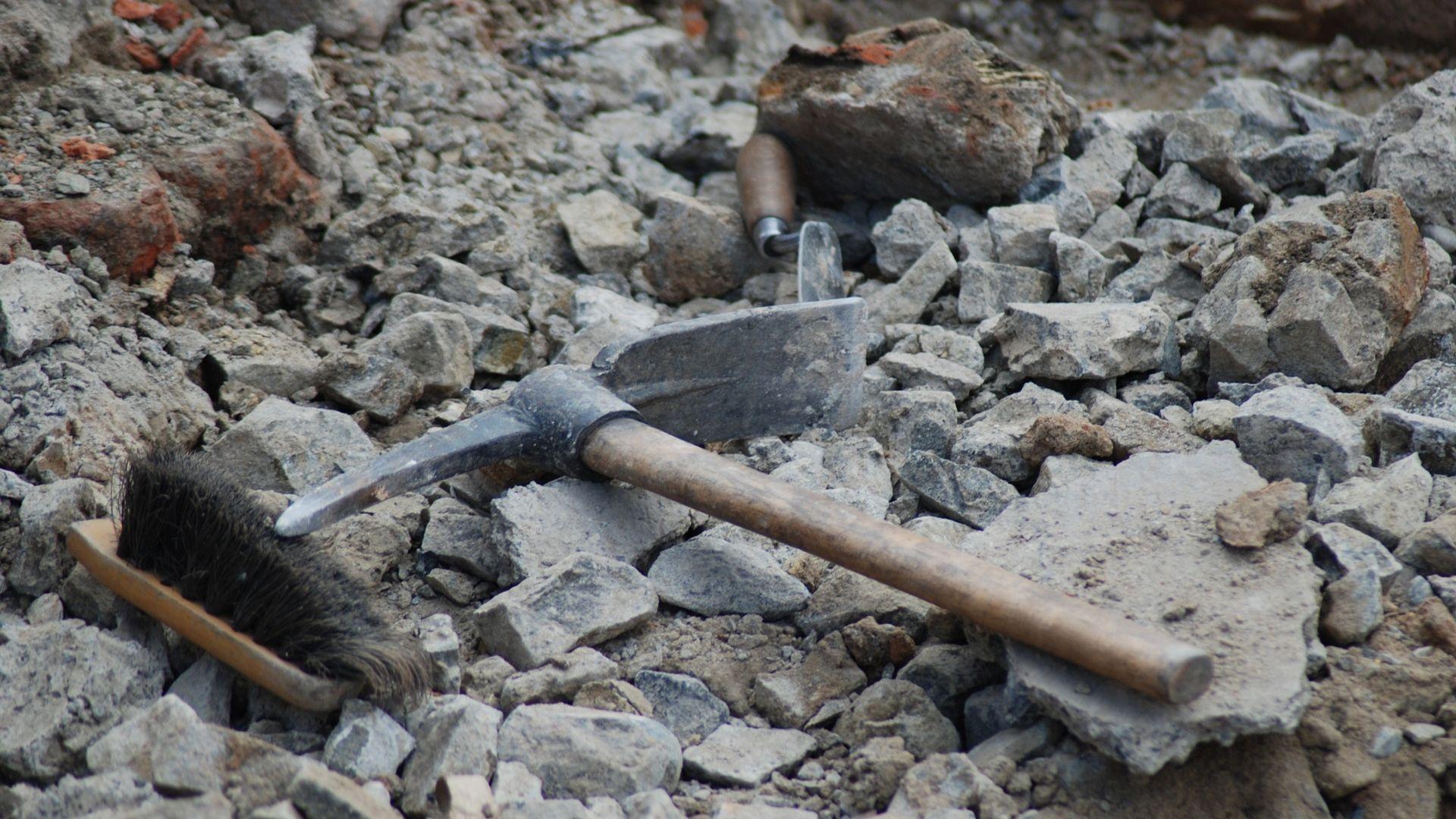
Source: Jumbuk73/Pixabay
Per the AP, Müller said, “Initially it seemed like just a few isolated bones, but as we exposed the material, we were able to see that we had an almost complete skeleton.”
The Triassic Period Connection
The dinosaur is believed to have lived during the Triassic period when all continents were part of Pangaea.
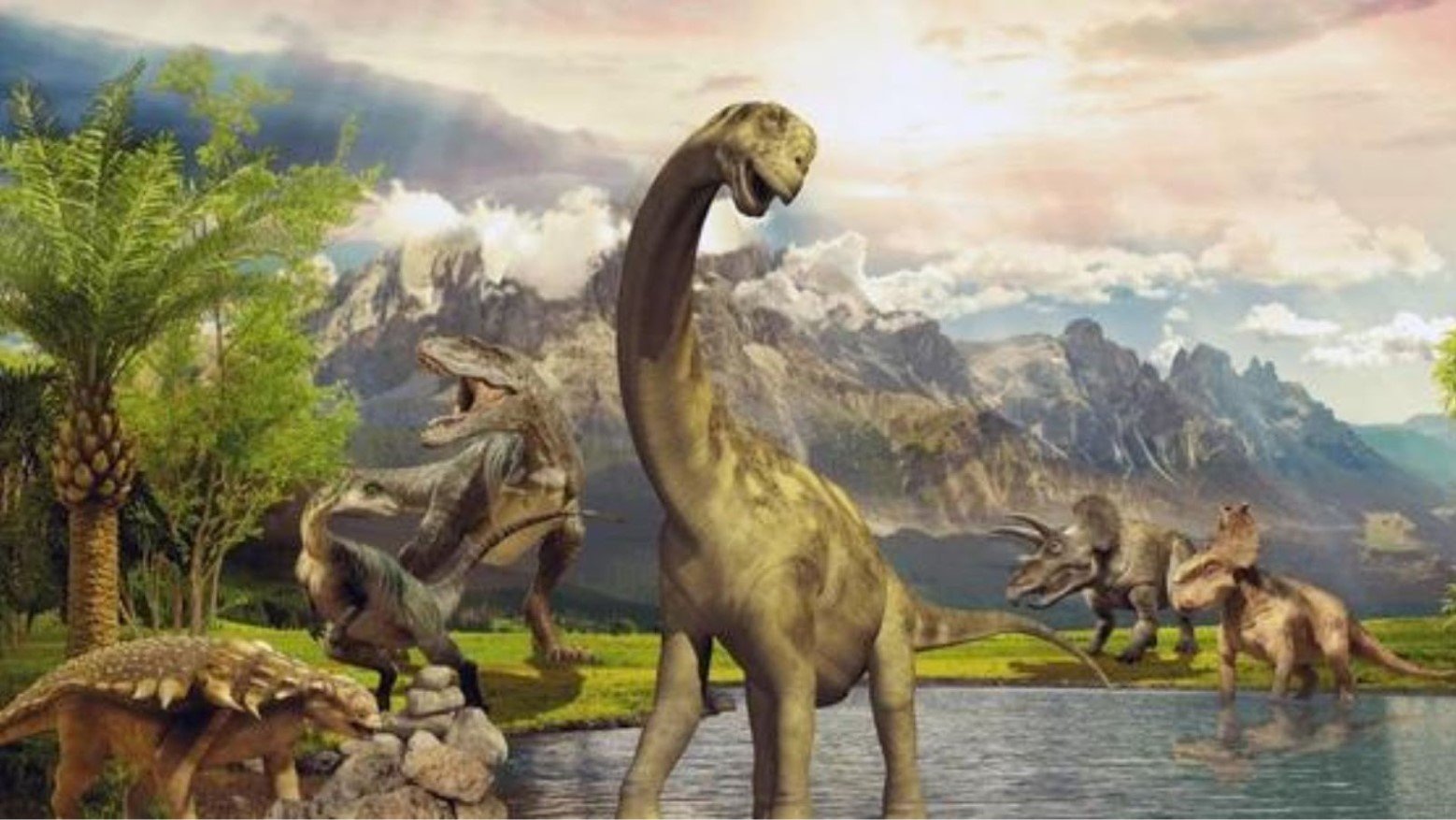
Source: Shutterstock
This era saw the first evolution of dinosaurs, making the discovery particularly significant. The Triassic period marks a pivotal time in Earth’s history, setting the stage for the age of dinosaurs.
Meet the Herrerasauridae Family
The fossil belongs to the Herrerasauridae family, a group of apex predators that roamed present-day Brazil and Argentina.
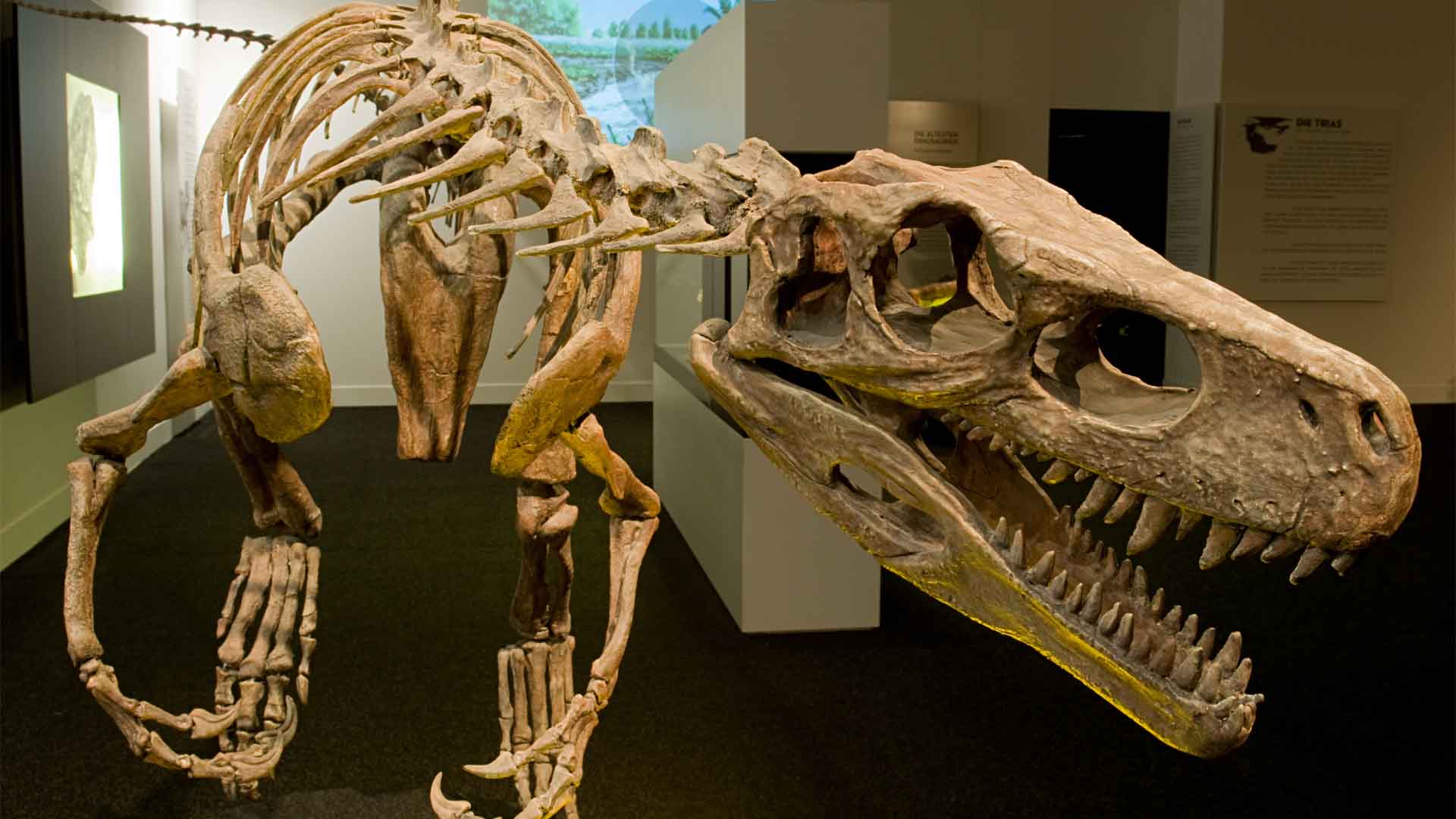
Source: Eva K./Wikipedia
This family of dinosaurs is known for its primitive features and pivotal role in early dinosaur evolution. Understanding these creatures helps scientists piece together the puzzle of dinosaur origins.
Race Against Time to Preserve Fossils
Extreme weather events, like the heavy rains in Rio Grande do Sul, expose fossils by washing away sediment. Müller and his team noted the urgency in preserving these fossils.

Source: Wikimedia
“We observed a leg bone and a pelvis bone in the pelvic region that were already being destroyed due to the rain,” he explained.
Impact of Climate Change
The record rainfall that revealed the dinosaur skeleton also caused devastating floods and deaths in Rio Grande do Sul.
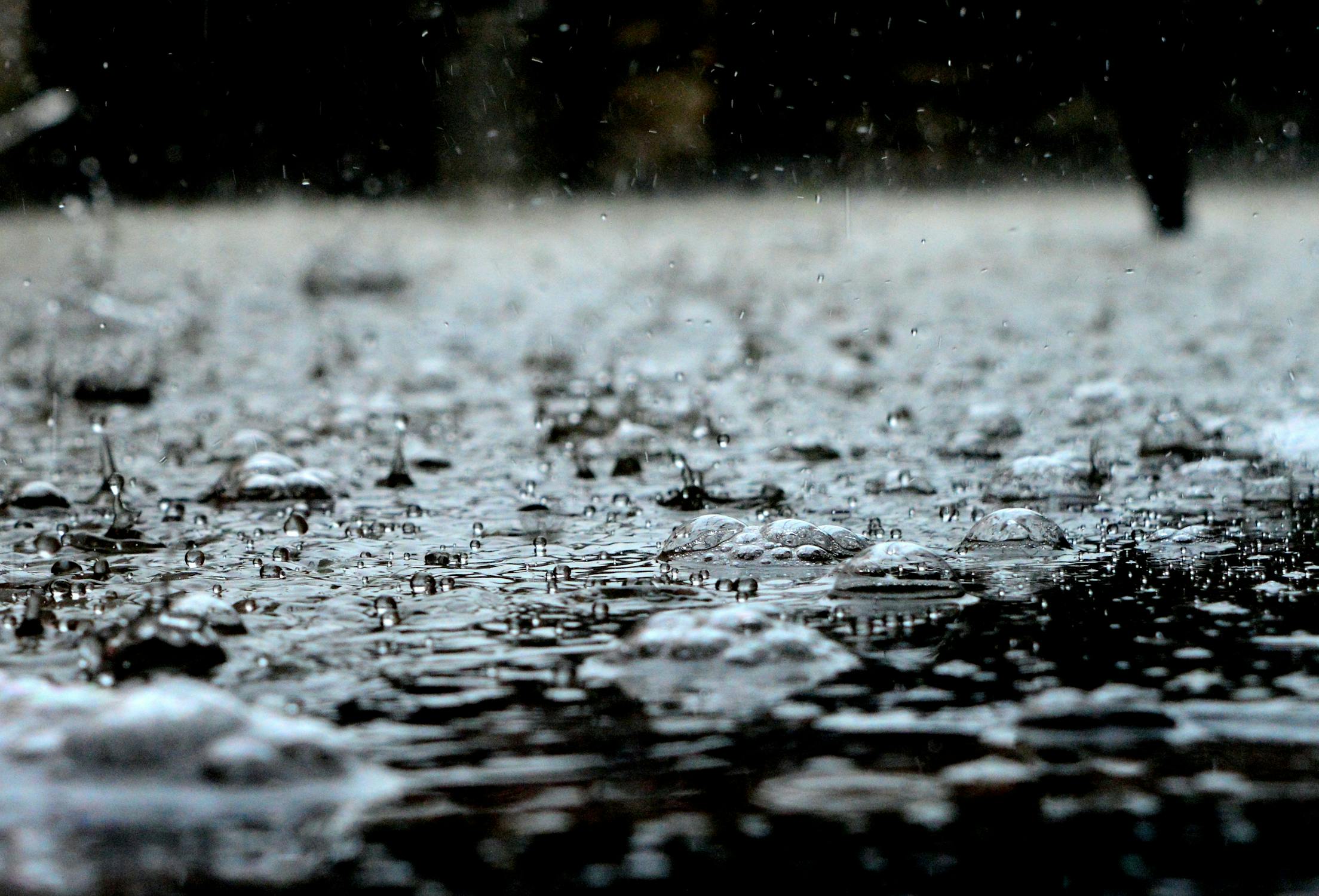
Source: Pixabay
These extreme weather events are linked to climate change, which increases the frequency and intensity of such occurrences.
Uncovering a New or Known Species
The research team is now focused on determining whether the dinosaur skeleton belongs to an already-known species or represents a new one.
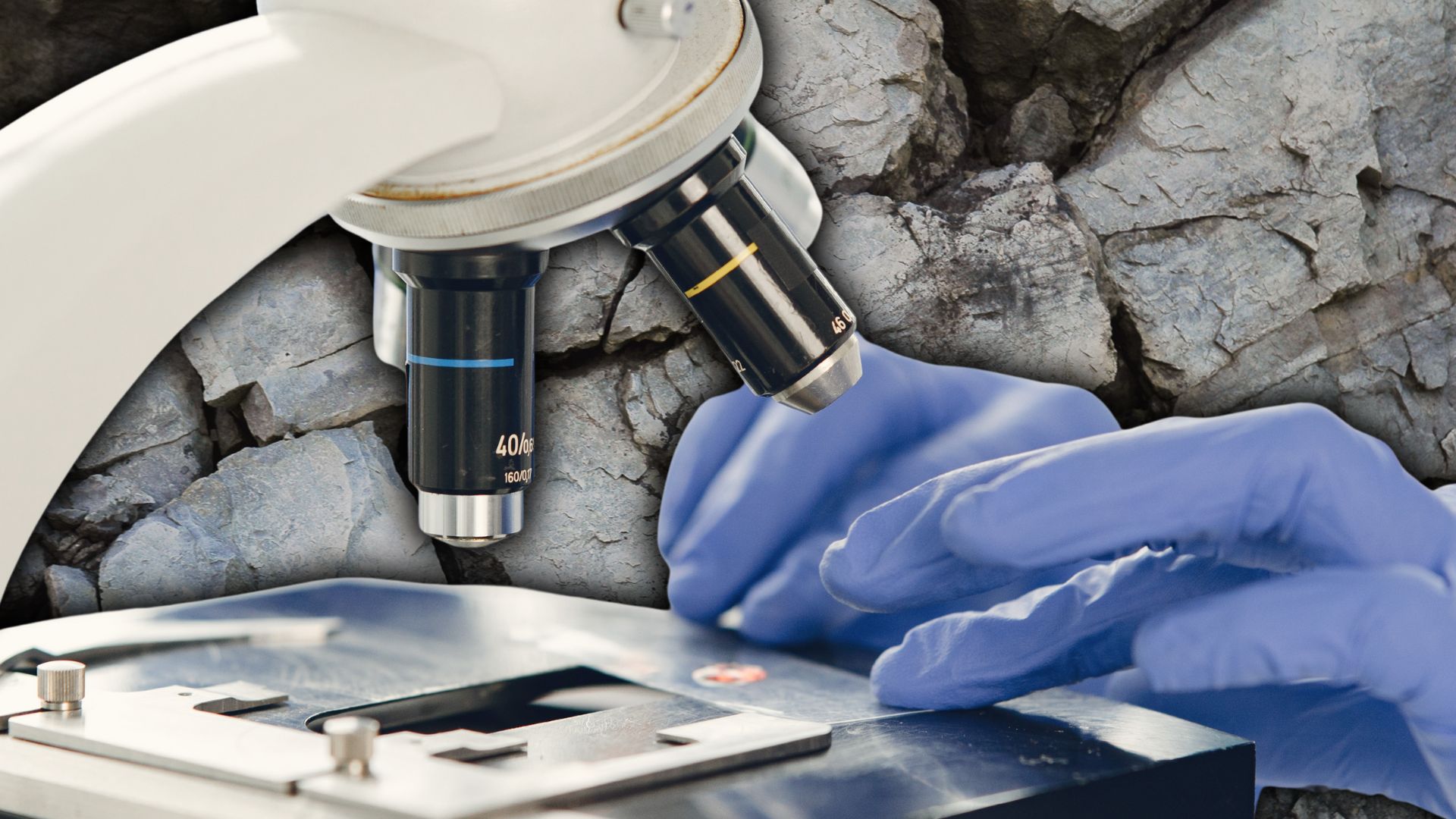
Source: Canva/Wikimedia Commons
This meticulous process involves detailed analysis and comparison with existing fossils. Such work, however, is crucial for expanding our understanding of dinosaur diversity and evolution.
Excavation and Research Process
After discovering the fossil, the team spent four days excavating the site. They transported a block of rock containing the specimen back to the laboratory for further tests.
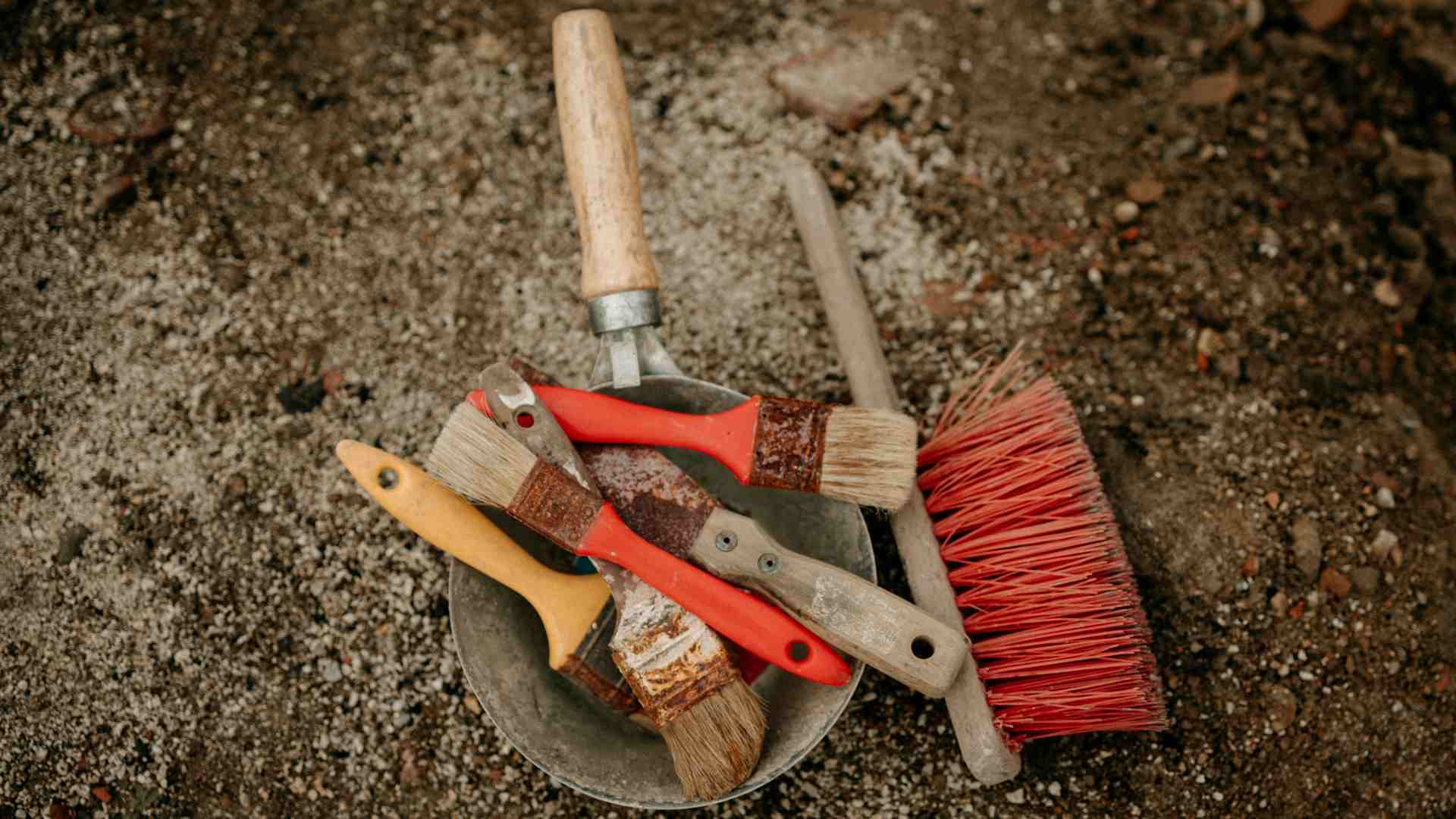
Source: Trnava Universty/Unsplash
This careful process ensures that the fossil remains intact and provides valuable data for scientists to study.
Insights from Well-Preserved Fossils
Müller emphasized the importance of well-preserved fossils in advancing paleontological research.
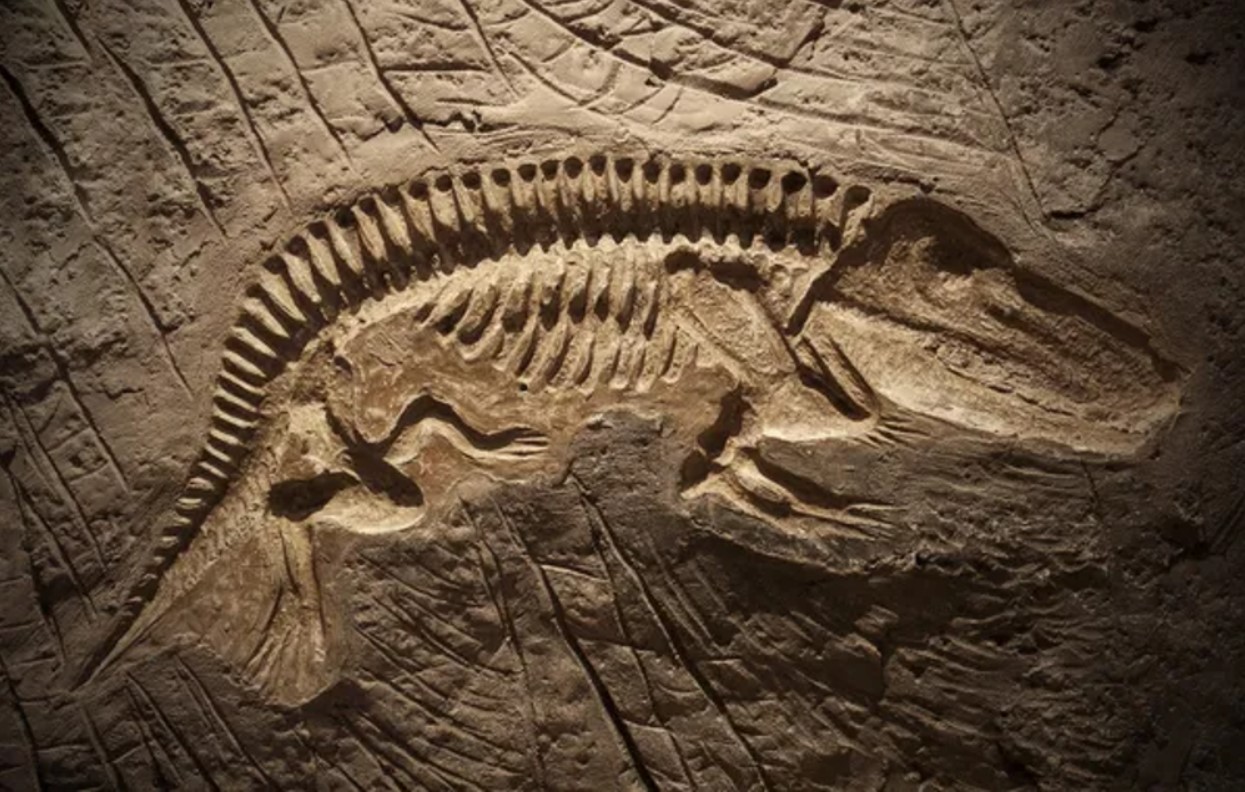
Source: Depositphotos
“Having new fossils that are so well preserved certainly helps us better understand this topic that is still much debated,” he said. Each new discovery adds a piece to the puzzle of Earth’s ancient history.
The Role of Weathering in Fossil Discovery
Weathering, the process by which natural forces like rain expose buried fossils, played a key role in this discovery.
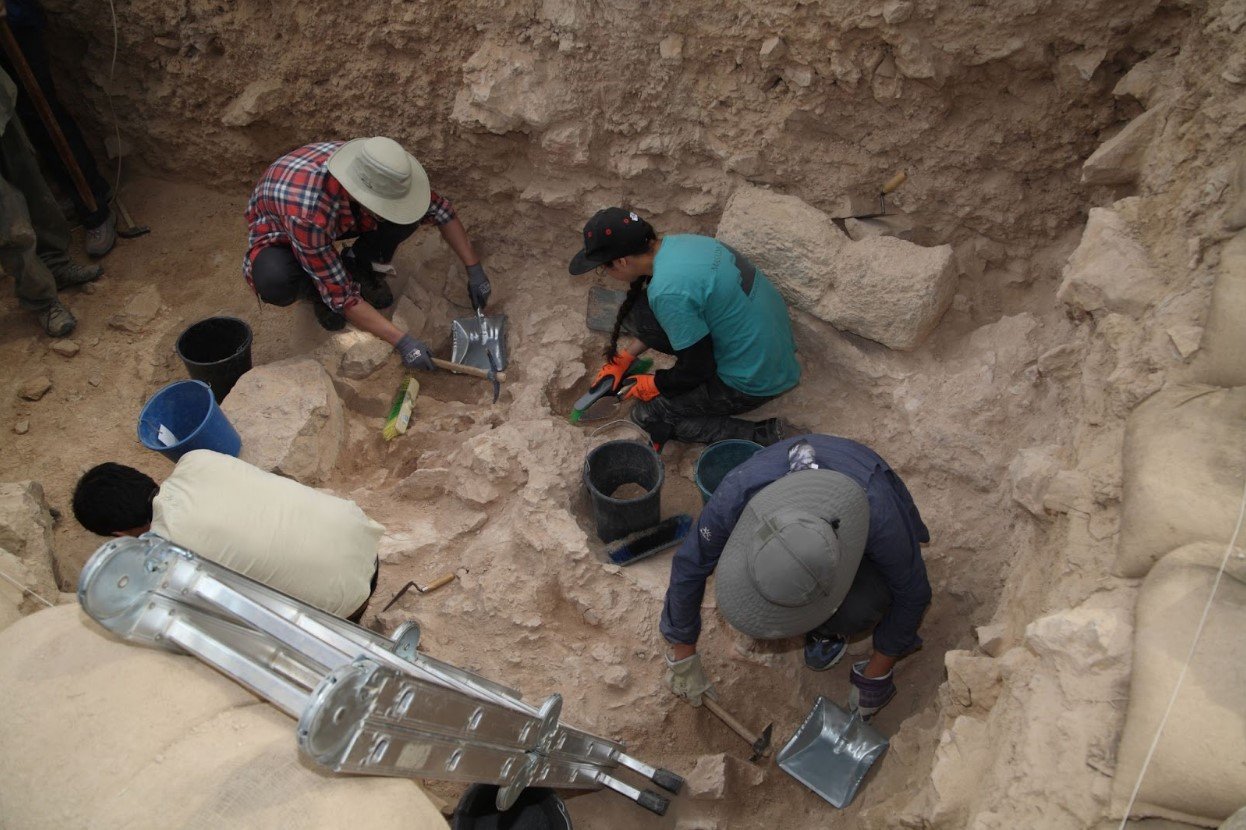
Source: Dan Porges/Getty Images
As sediment is washed away, hidden treasures from the past come to light.
The Future of Dinosaur Research in Brazil
This discovery highlights the potential for more significant finds in Brazil. With the right conditions and continued research, scientists hope to uncover even more about the country’s prehistoric past.
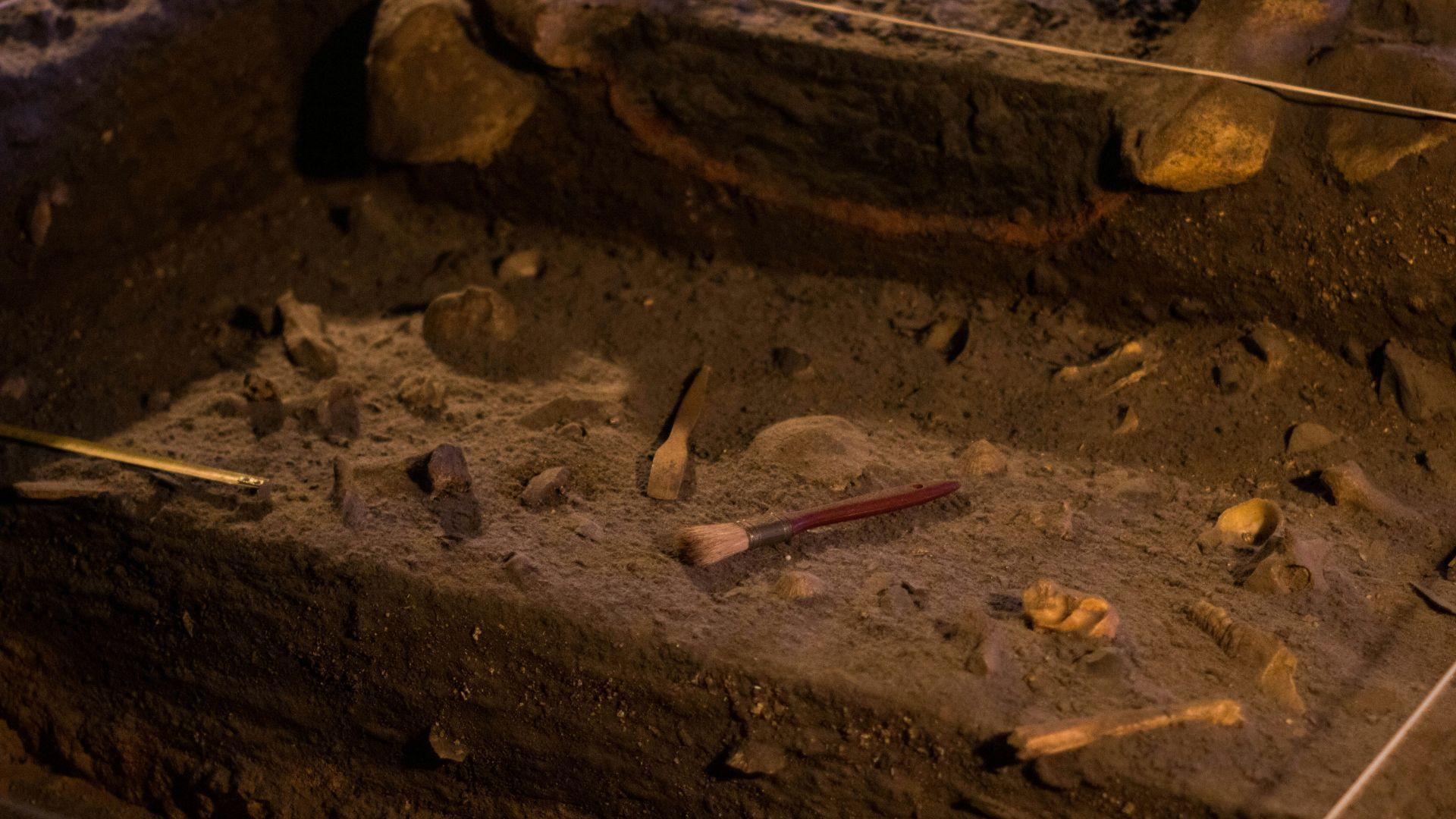
Source: Grianghraf/Unsplash
The work of Müller and his team sets the stage for future paleontological breakthroughs.
A Glimpse into the Past
The near-complete dinosaur skeleton found in Rio Grande do Sul offers a rare and valuable glimpse into a distant past.
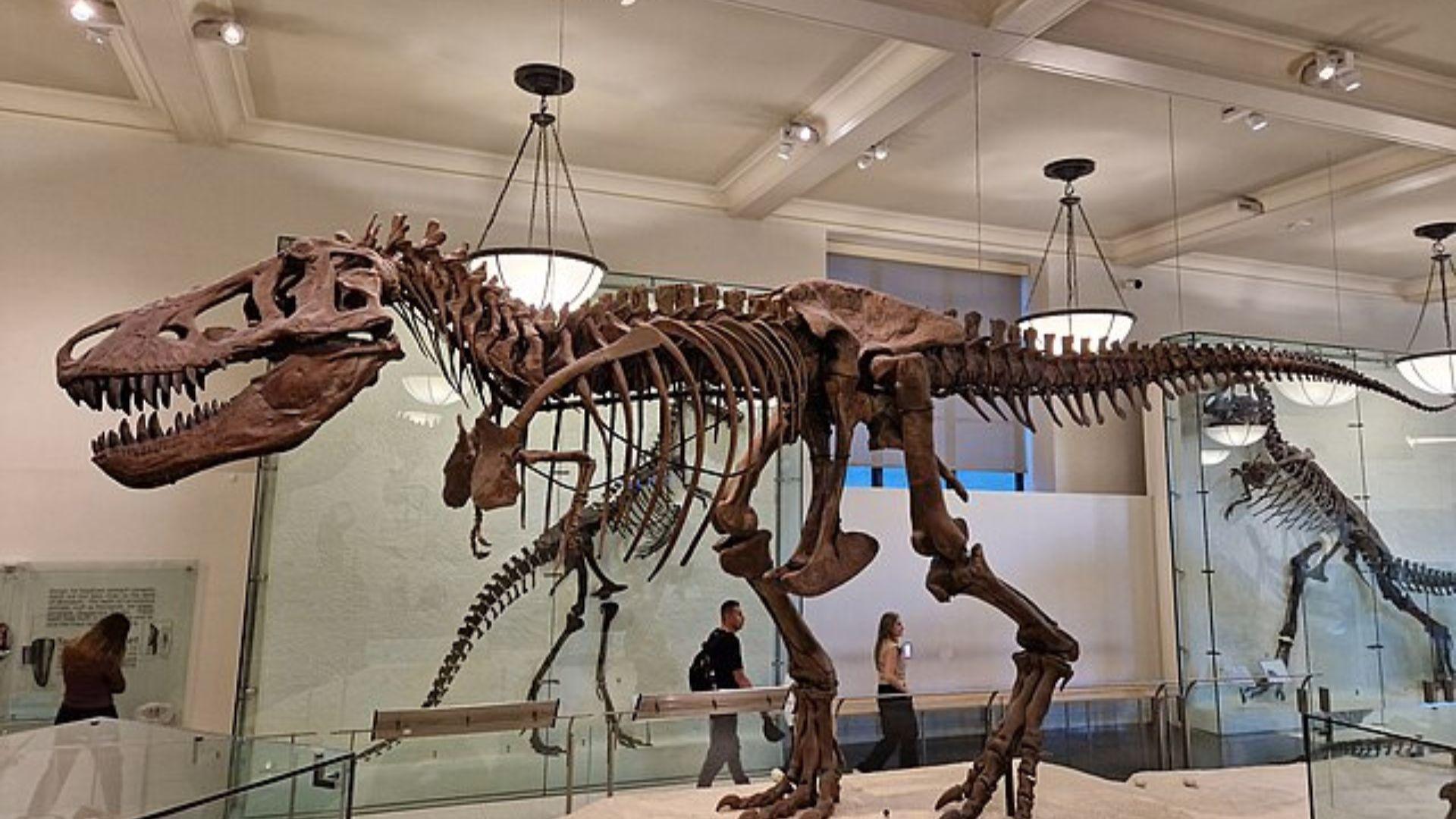
Source: Wikipedia Commons
As researchers continue their work, they bring us closer to understanding the origins and evolution of the creatures that once roamed the Earth.
